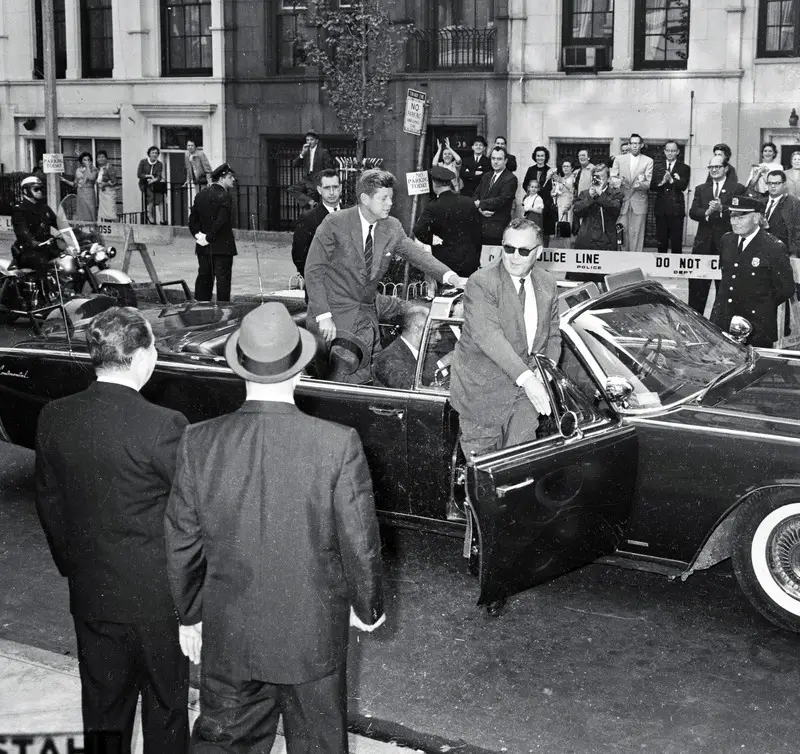A Dallas maintenance worker, Orville Nix, recorded a home movie of the 1963 assassination of President John F. Kennedy.
Nix’s heirs have initiated a lawsuit claiming that the US government has for decades hidden a critical home movie that Nix filmed capturing the historic event. The family has been making repeated attempts to reclaim the original film from government custody.
Jefferson Morley, a CIA expert author, emphasizes the immense importance of the original film if it reappears today. The film’s potential as a crucial piece of evidence could be elevated given the recent progress in digital image analysis technology. Due to the typical quality loss between analog film generations like Nix’s, the significance of the original footage is accentuated.
Nix’s film, shot from the middle of Dealey Plaza, presents an unmatched, clear view of the notorious “grassy knoll” as the presidential motorcade was ambushed on Dallas’ Elm Street on November 22, 1963. This specific location is suspected by some researchers to have been a strategic point for concealed snipers.
The House Select Committee on Assassinations scrutinized Nix’s original film in 1978, utilizing photo experts for a detailed analysis. Based on their review, the committee inferred that Kennedy’s assassination was likely the result of a conspiracy, implicating “two gunmen.” However, technology constraints at that time left doubts about the presence of these alleged shooters in Nix’s footage. Subsequently, the original film disappeared, leaving behind only imperfect copies.
Nearly half a century later, the Nix family holds hope that advanced computer image analysis of the original frames could potentially reveal hidden truths. A previous 2015 lawsuit was dismissed on jurisdictional grounds, but the family has returned to court with a comprehensive 52-page filing. The lawsuit meticulously tracks the tangled journey of the original film post-creation.
In 1963, Nix sold a 25-year license of the film to the UPI press agency for $5,000, with the assurance of its return in 1988. After Nix’s death in 1972, the film rights were transferred to his wife and son. They remained uninformed when the original film was subpoenaed by the House Special Committee on Assassinations from UPI in 1978.
The lawsuit reveals allegations of the government’s mismanagement of this invaluable historical artifact, including accusations of deceptive actions by the National Archives and Records Administration officials.
Prominent photo expert Kenneth Castleman stresses the urgency to use modern techniques to digitize the aging Nix film before it reaches the end of its lifespan. The family is seeking $29.7 million in compensatory damages and the film’s release. As this legal battle unfolds, the clock is ticking. The release of the Nix film could shed new light on the longstanding mysteries surrounding President Kennedy’s assassination.











